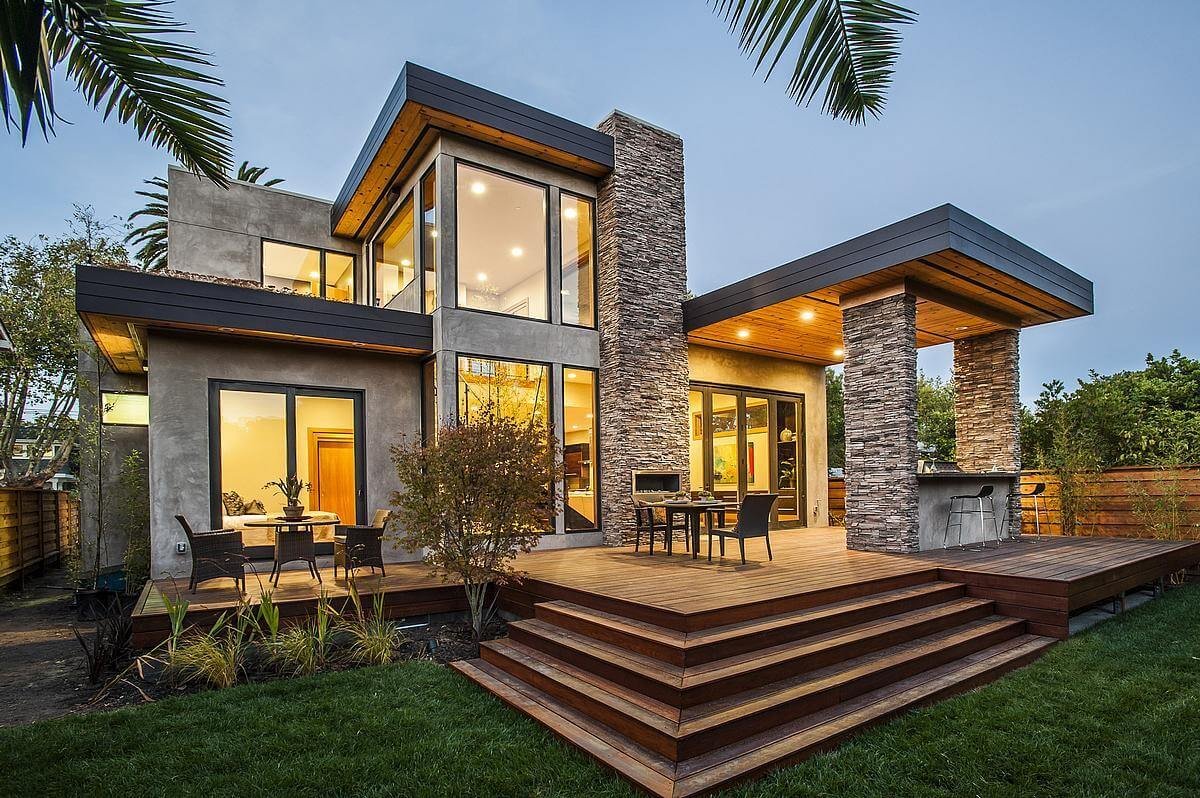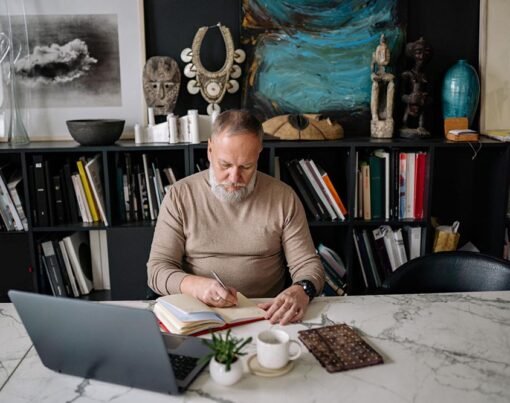Improvise. Adapt. Overcome. – Yes, we’ve all heard about how adaptable, efficient, and skilled a person must be to get ahead in the future. However, it seems that when it comes to housing, it is the future itself that adapts to make our lives easier. I am talking about the future of the building industry – modular homes, which skimp on none of the perks traditional ones offer while solving some of their biggest problems.

Table of Contents
Simpler Than You Think
Modular homes are simply a systematic approach to building houses off-site, in an indoor, quality-controlled setting. Manufacturers build them section by section and then builders transport the parts to the building site and assemble them on a poured, permanent foundation. Then the house is hooked up to power, water, and other utilities. After that, the interior is fitted with flooring, carpeting, cabinetry, and appliances.
Since their first appearance at the beginning of the 20th century up till today, these structures have gone through numerous alterations and have stepped up the quality up to the point of surpassing site-built homes.
Sooner Than You Think
As opposed to conventional homes, the construction of which is very time-consuming, a building company offering modern house design plans can execute them in as little as three months. This of course depends on the size and the finishes of the prefab, but even the more complex of these constructions don’t take more than six months. This sure is a faster and more streamlined process compared to traditional construction, which can take from eight months up to several years to be built from start to finish.

Sturdier Than You Think
Due to the fact that prefab homes have to undergo truck transportation, they have a stronger structure than traditional ones. The different parts of modular homes are created with greater attention to detail, such as tighter seams, which makes the whole structure more secure.
Furthermore, prefab homes score another point in resilience since they have proven to withstand the natural elements and weather phenomena better, such as earthquakes, hurricanes, or high winds. An additional perk that comes with their sturdiness is air conditioning efficiency.
Greener Than You Think
Modular homes are generally held to higher sustainable standards than regular ones since their manufacturers try to eliminate or alter wasteful aspects that don’t provide a lot of benefits. Another aspect is the use of non-toxic, recyclable materials or low VOC materials for the floors, internal walls, insulation, and roofs.
Waste control is yet another valuable perk of this type of housing. Since they are built in factories using specific measurements, prefab homes do not create excess material, which reduces waste by 52%.

Modular homes are designed to be easily upgradeable with add-on amenities like rainwater collection systems and solar panels. They allow for solar panels to be more conveniently and strategically placed on the rooftop for supplementing grid electricity, heating water, and powering general appliances.
In addition, some newest home designs offer the added benefit of passive solar elements. The modern house design method includes taking specific pre-construction steps such as positioning common rooms in direct sunlight. Furthermore, these homes can also have fixed, or non-fixed apparatus that keeps the sun off certain areas in the home.
What Else Can We Expect?
Customisable
Even though most prefab companies rely on similar methods, when it comes to the customisation options they offer, no two manufacturers are alike. In fact, the level of flexibility these future-ready homes can offer is quite astonishing. Different finishes, upgrades, and different layout configurations are some of the main aspects manufacturers are flexible about. When it comes to the basics every modular home has, these include plumbing and electrical setup, doors, and closets. And for homeowners who want a bigger place, there’s the option to connect multiple modules.
Efficient

As with the rest of the developed world, prefab companies are aiming to be as efficient as possible. As such, most prefab builders make energy-saving appliances, high-grade insulation, and a highly efficient electrical installation an integral part of modular homes. This comes in the form of pre-installed CFL and LED lighting which greatly reduces energy consumption in the long run.
Another feature is the 2×6 exterior wall that increases the house insulation from an R-11 rating to an R-21 rating. This efficiency also extends to the plumbing since prefab homes are usually designed with the goal to reduce heat loss from pipes by grouping together areas that constantly use water, such as the kitchen and bathroom. To furthermore reduce heat loss, the pipes are designed to be shorter, and the planning described up above allows for that.
Aesthetically Appealing Functionality
Modern-day modular fabrication technology has finally caught up with the innovative designs of today, making the modern house design plans more functional and potentially better looking. Since every aspect of these homes is diligently planned to achieve a higher level of efficiency, without unnecessary hassle, it’s no surprise that interior design decisions should follow suit. This means that prefab homes are a natural match for minimalism, a style that focuses on smart use of spaces without unnecessary clutter, distracting items, and busy-looking shapes and patterns.

To additionally make a modular home more contemporary, interior designers suggest relying on earthy and neutral tones, combined with crisp whites and greys. Timber and stone are two natural materials that can fill the home with genuine appeal and infuse it with a breath of simple luxury.
Apart from that, neutral colours and natural elements are the perfect way to create a warm atmosphere without cluttery ornamentations. And just like the structural planning of modular homes brings a lot of conveniences and peace of mind, translating those principles into the interior through minimalism can provide a better quality of life and more room for relaxation.
When it comes to the choice of furniture for a modern home, picking sleek, compact, multifunctional, and adjustable pieces (designed to adapt to the needs of today’s homeowners) is the best way to ensure a highly functional home environment that’s easy to maintain.










